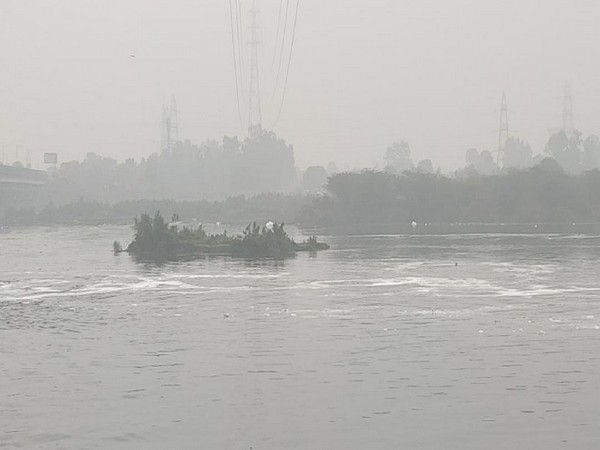Raghav Chadha writes to ML Khattar over lesser water, high ammonia levels in Yamuna
Delhi Jal board Chairman Raghav Chadha on Wednesday sought the intervention of Haryana Chief Minister Manohar Lal Khattar on the issue of a significant reduction in raw water supply by the state government and increased ammonia levels in River Yamuna.

- Country:
- India
Delhi Jal board Chairman Raghav Chadha on Wednesday sought the intervention of Haryana Chief Minister Manohar Lal Khattar on the issue of a significant reduction in raw water supply by the state government and increased ammonia levels in River Yamuna. Stating that Delhi NCR is facing frequent crises in terms of raw water supply, Chadha in a letter to Khattar said, "Water at the two water treatment plants of NCT of Delhi i.e. Wazirabad and Chandrawal is sourced from River Yamuna. This is drawn at Wazirabad Barrage in Delhi. The quantity and quality of raw water at Wazirabad Barrage is dependent on the release of raw water by Haryana. On many occasions, the quality of available water at Wazirabad Barrage is not fit for treatment because of the concentration of pollutants, particularly Ammonia, which results in the partial or complete shutdown of the two water treatment plants."
"The two plants cumulatively produce about 228 MGD of potable water, their shut down when accompanied by a short supply of raw water, adversely affects the availability of drinking water supply to the people of NCT of Delhi," he added. Chadha said that pollution is occurring due to industrial wastewater discharge from Panipat Drain and Rohtak X-regulator, which reaches Wazirabad Barrage, in turn polluting River Yamuna downstream.
The increased Ammonia going up to an alarming level of 8.4 parts per million (ppm) in the river on 14-04-2021; coupled with the significant reduction in Pond level at Wazirabad (to 671.30 feet as against the required level of 674.50 feet) has caused a major impact on the supply of drinking water in Delhi which led to two WTPS "facing reduced production levels by an alarming 40 per cent of their optimum capacity." "Further, in the past few months, there have been various instances of increase in River pollution beyond treatable levels resulting in reduced production of Potable water from these plants," the letter added. (ANI)
(This story has not been edited by Devdiscourse staff and is auto-generated from a syndicated feed.)
ALSO READ
Green Hydrogen, green ammonia to bring USD 125 bn investment in India: Avendus Capital
India looks to international partnerships to advance research on methanol and ammonia as ship fuels
Delhi HC directs DDA to remove encroachments from Yamuna floodplains
8-year-old girl dead, 5 students injured as autorickshaw overturns in Yamunanagar










